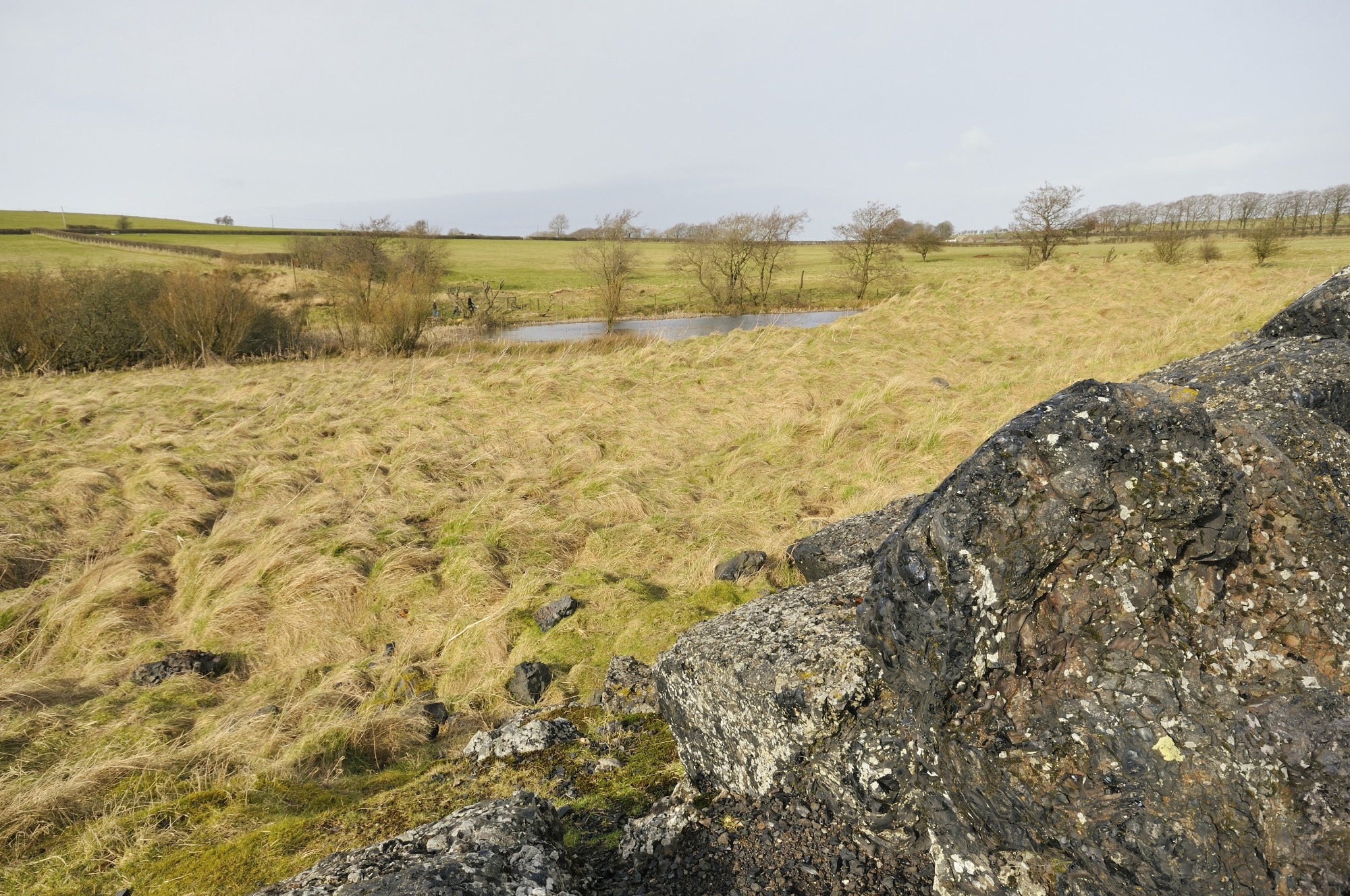In a recent article published in the journal Scientific Reports, researchers investigated an innovative approach for extracting valuable metals, specifically lead, from the slag produced during the Kaldo smelting process of lead ores. The overarching goal of the research is to optimize flotation parameters to recover lead efficiently while suppressing undesired zinc and iron phases, thus contributing to resource recovery and environmental sustainability in mining operations.

Image Credit: Martin Fowler/Shutterstock.com
Background
Lead slag, often considered a waste byproduct, contains significant quantities of economically important elements such as lead, zinc, and iron in mineral forms that are challenging to separate through traditional methods.
Lead slag formation predominantly results from primary smelting processes aimed at refining lead ore concentrates rich in galena.
The mineralogical composition of this slag typically involves galena, metallic lead, sphalerite, quartz, and sulfide minerals like pyrrhotite and pyrite, among others. This mineral assemblage presents significant mineral processing challenges because the sulfide minerals exhibit different flotation behaviors, and their interactions further complicate separation.
Past research emphasizes that traditional pyrometallurgical methods—like roasting and smelting—are energy-intensive and environmentally hazardous, often releasing toxic elements into surrounding environments.
Hydrometallurgical and bioleaching methods are alternative avenues but face limitations in scale, duration, and cost. Flotation, as a physico-chemical technique, offers a relatively eco-friendly and efficient beneficiation pathway. Nevertheless, its application to primary lead slag remains underexplored, especially concerning the refinement of operational parameters to maximize metal recovery and grade.
The Current Study
The research involved a detailed characterization of the lead slag to understand its mineralogy and chemical composition.
Techniques such as X-ray diffraction (XRD) and microscopy under polarized and reflected light were employed to identify mineral phases and particle textures.
Particle size analysis was performed after crushing and grinding, with the resultant size distribution guiding the flotation studies.
Flotation experiments were systematically designed to evaluate the effects of various reagents, including potassium amyl xanthate (PAX) as a collector, zinc sulfate, and sodium cyanide as depressants.
These experiments aimed to determine optimal reagent concentrations, pH conditions, and other process parameters to selectively recover lead while depressing zinc and iron.
The flotation process was conducted at a pH of 9.5, reflecting the conditions that favor lead mineral flotation. The recovery and grade of the concentrates were quantified using atomic absorption spectroscopy (AAS), enabling precise measurement of element contents.
The process was repeated to ensure reliability, and the results were analyzed to establish the operational window that yielded the best balance between recovery and concentrate grade.
Results and Discussion
Characterization revealed that the slag's mineralogical components included galena, metallic lead, sphalerite, quartz, and minor sulfides like pyrrhotite and pyrite.
The particle size distribution indicated a significant proportion of the valuable minerals were amenable to flotation, especially particles finer than 63 micrometers.
The mineralogical analysis confirmed that lead mostly existed as galena and metallic lead, with zinc primarily as sphalerite.
During flotation tests, increasing the concentration of PAX improved lead recovery, attributed to the oxidation of the collector, enhancing the hydrophobicity of lead-bearing minerals. However, this also tended to depress zinc and iron phases, although zinc sulfate and sodium cyanide had limited effectiveness as depressants at higher reagent levels.
The optimal flotation conditions identified were 800 g/ton of PAX, 250 g/ton of zinc sulfate, and 50 g/ton of sodium cyanide at pH 9.5. Under these parameters, the process achieved a lead concentrate containing approximately 21.5% lead with a recovery rate of about 61%.
Zinc and iron recoveries in the concentrate were relatively lower, indicating a favorable separation.
Key challenges included the tendency of zinc and iron to recover alongside lead, owing to mineralogical associations and the formation of metallic alloys at high temperatures, which complicates separation.
The study discusses that the physical and chemical properties of the slag, including the formation of lead-zinc alloys during high-temperature operations, significantly influence flotation efficiency and the purity of concentrates.
Conclusion
The research demonstrates that flotation is a viable method for recovering lead from primary lead slag generated in Kaldo smelting processes.
By optimizing reagent dosages and pH conditions, it is possible to obtain a lead concentrate with satisfactory grade and recovery, reducing the environmental footprint associated with traditional pyrometallurgical techniques.
The mineralogical and particle size characterizations underpin the understanding of mineral behaviors during flotation, highlighting the importance of controlling operational parameters. Despite the challenges posed by mineral associations, the study provides valuable insights into process optimization to enhance resource recovery from metallurgical slags.
This approach aligns well with modern mining sustainability goals, promoting resource efficiency and reducing waste. Future work could focus on refining depressant systems for zinc and iron to improve separation and explore the integration of flotation with subsequent hydrometallurgical processes for complete metal recovery.
Source:
Ramezani H., Kamran Haghighi H. (2025). An innovative process for lead upgrade from Kaldo smelting slag of lead ores: characterization and flotation. Scientific Reports 15, 31423. DOI: 10.1038/s41598-025-17360-z, https://www.nature.com/articles/s41598-025-17360-z